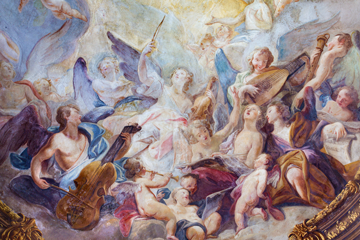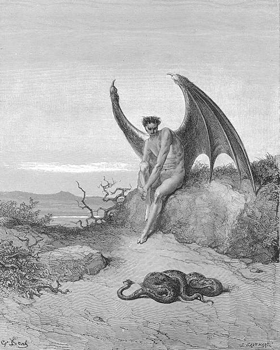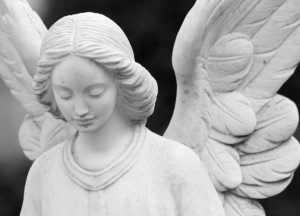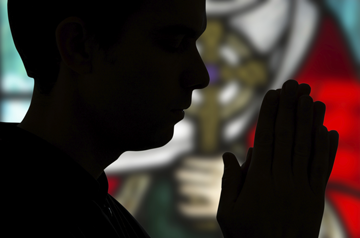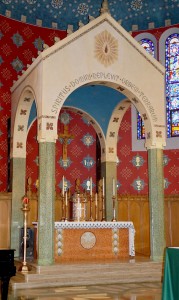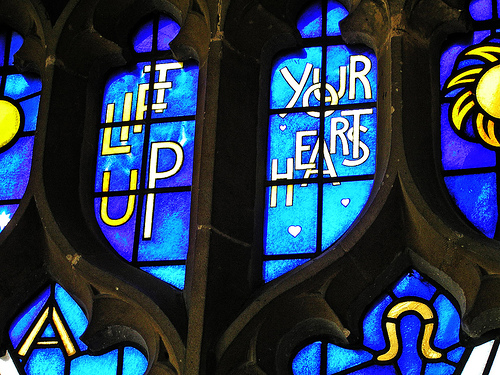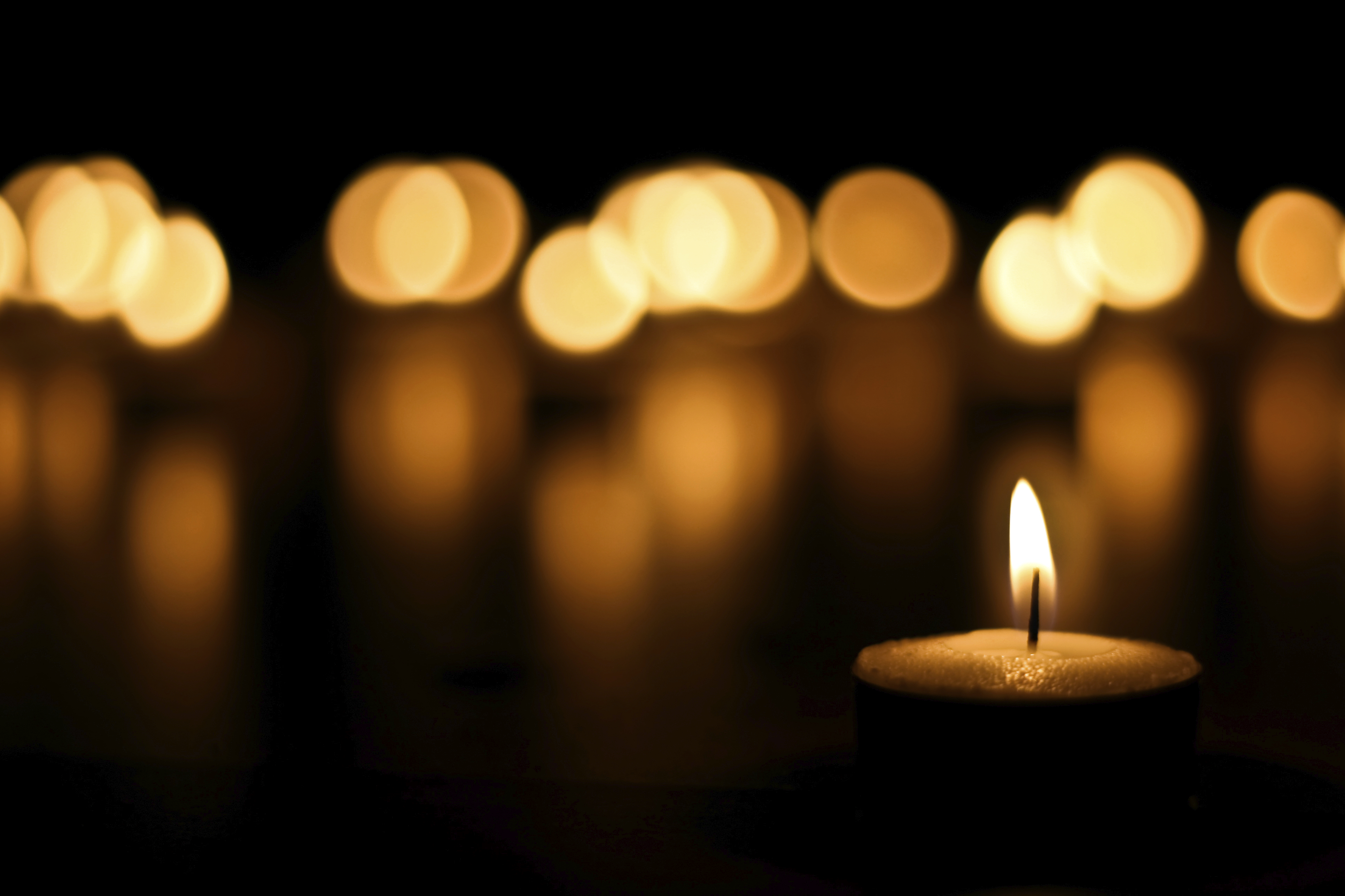 What we call the Sanctus, or the Holy, Holy, Holy of the Mass is not one prayer or one acclamation, but two. And this fact presents a teachable moment for us as well as providing a defense of a practice that is often scorned by modern liturgists.
What we call the Sanctus, or the Holy, Holy, Holy of the Mass is not one prayer or one acclamation, but two. And this fact presents a teachable moment for us as well as providing a defense of a practice that is often scorned by modern liturgists.
The two parts of the Sanctus are as follows:
- The Sanctus – Holy, Holy, Holy, Lord God of Hosts. Heaven and Earth are full of your Glory.
- The Benedictus – Blessed is He who comes in the name of the Lord. Hosanna in the Highest.
The first part comes from the Book of Isaiah:
I saw the Lord sitting upon a throne, high and lifted up; and the train of his robe filled the temple. Above him stood the seraphim. Each had six wings: with two he covered his face, with two he covered his feet, and with two he flew. And one called to another and said, “Holy, holy, holy is the Lord of hosts; the whole earth is full of his glory!” (Is 6:1b-3)
And thus this acclamation is that of the highest heavens and the highest rank of the angels, the Seraphim (“burning ones”), who stand before the throne of God in Heaven. It is their acclamation that Isaiah overheard in the vision he felt utterly unworthy to experience.
That we, mere mortals, take up this acclamation is bold indeed. We are enabled to sing it only on account of the saving ministry of Jesus, our savior. Through Jesus, and as members of His Body, we now have access to the Holy of Holies in Heaven!
Scripture says,
But when Christ appeared as high priest of the good things that have come, passing through the greater and more perfect tent (not made with hands, that is, not of this creation) he entered once for all into the holy places, not by means of the blood of goats and calves but by means of his own blood, thus securing an eternal redemption (Heb 9:11-12).
Therefore, brothers, since we have confidence to enter the holy places by the blood of Jesus, by the new and living way that he opened for us through the curtain, that is, through his flesh, and since we have a great priest over the house of God, let us draw near with a true heart in full assurance of faith, with our hearts sprinkled clean from an evil conscience and our bodies washed with pure water (Heb 10:19-22).
Yes our singing of this great acclamation of the highest angels is bold, but our boldness is only in Jesus. Otherwise, how could we dare to enter the Holy of Holies in Heaven and take up the song that only angels of the highest rank sing?
At every Mass, the priest (in the Preface Dialogue) bids us, Sursum Corda (Lift up your hearts). In other words: Brethren we are now in Heaven with Christ our Head and are swept up into the heavenly Liturgy. Therefore we give thanks to the Father through Christ His Son and our Lord. And with the Cherubim, the Seraphim, and all the heavenly hosts we, with one voice, proclaim, Holy, Holy, Holy, Lord God of Hosts … This is an acclamation of great ascent of the Lord into the Holy Place.
The second half of the Sanctus is a very different acclamation. It is far more earth-bound and comes from a completely different Scripture. It is the song of the Hebrew children, who greeted Jesus as the Messiah when he entered Jerusalem, meek and humble, riding on a donkey:
Hosanna! Blessed is he who comes in the name of the Lord! Hosanna in the highest heaven! (Mk 11:9-10)
How different this second half is! It is an acclamation of praise, but by men not angels. And though it resonates to the highest Heaven, it is an acclamation from the earth. It is in praise of the Lord, who has descended in the incarnation and is entering the earthly Jerusalem.
The first part of the Sanctus was of angels to the Lord who dwells in highest Heaven. The second half, the Benedictus, is of men to the Lord, who descended to these lower realms of our earth.
Thus what we call the Sanctus is a complex combination of two very different prayers, two very different scriptural acclamations, two very different contexts.
For this reason it was common in the Traditional Latin Mass (today, the Extraordinary Form of the Mass) to split the Sanctus, singing part one before the consecration and part two after it. Cardinal Joseph Ratzinger, speaking in 1996 at Regensburg, mentioned this practice and explained it in the following manner:
Whereas the Sanctus evolved from Isaiah 6 and was then transferred from the heavenly to the earthly Jerusalem and so became the song of the Church, the Benedictus is based on a New Testament rereading of Psalm 118:26. In the Old Testament text this verse is a blessing at the arrival of the festive procession in the Temple. On Palm Sunday it received a new meaning … When the youths of Jerusalem shout this verse to Jesus, they are greeting him as the Messiah, as the King of the last days who enters the Holy City.
[So] the Sanctus is ordered to the eternal glory of God; in contrast, the Benedictus refers to the advent of the incarnate God in our midst. For this reason the Benedictus is meaningful both as an approach to the consecration and as an acclamation to the Lord who has become present in the Eucharistic Species (Joseph Ratzinger, Collected Works, Vol XI “Theology of the Liturgy” Ignatius Press, p. 477).
And thus the Lord, who dwells in the Highest Heaven, descends at the consecration to dwell humbly among us as our food. So, in the Old Latin Mass, it was considered the appropriate time to sing, “Blessed is He who comes in the Name of the Lord.” Yes, blessed is He who has descended from the highest Heaven and is now present among us in the Eucharist upon our Altar. May the highest praises be His!
It seems such a glorious acclamation in this sense and with this background. And so it’s no wonder that the united text of the Sanctus was “paused” midway and the second half routinely sung after the consecration.
In a way it is sad that this was altogether lost in the Ordinary Form. This seemingly perfect acclamation was replaced by newly composed acclamations called “The Mystery of Faith,” which imitate the Eastern Liturgies. They are not bad in themselves, but they wholly replaced something that was beautiful and also adequate. Most liturgists insisted that the old practice of splitting the Sanctus in two was to be stopped without exception. Cardinal Ratzinger continues,
The reformers of the Liturgy, following the Byzantine rite, composed an acclamation of the people “We proclaim your death, O Lord …” But the question of other possible acclamations … has been proposed.
It is evident to me that there is no more appropriate or more profound acclamation, or one that is more rooted in tradition than precisely this one: Blessed is He who comes in the Name of the Lord.
The pedantic proscription of such a split … should be forgotten as quickly as possible (Ibid, p. 478).
Most liturgists would severely frown on eliminating one of the Mystery of Faith acclamations from the Ordinary Form of the Mass in favor of splitting the Sanctus. But as the Cardinal, now Pope Emeritus, opines, we might wish to consider it as an option. For now, the option exists only in the Extraordinary Form of the Mass.
Yet in the end, much is gained by reflecting on the text of the Sanctus. It is actually two texts, and shows the remarkable and beautiful tension of ascension and condescension, of transcendence and immanence, of the heavenly Jerusalem and the earthly one, of angels and men.
Two texts, two songs, one Sanctus. A remarkable moment in the Liturgy!
Here is a polyphonic and an orchestral Sanctus:

